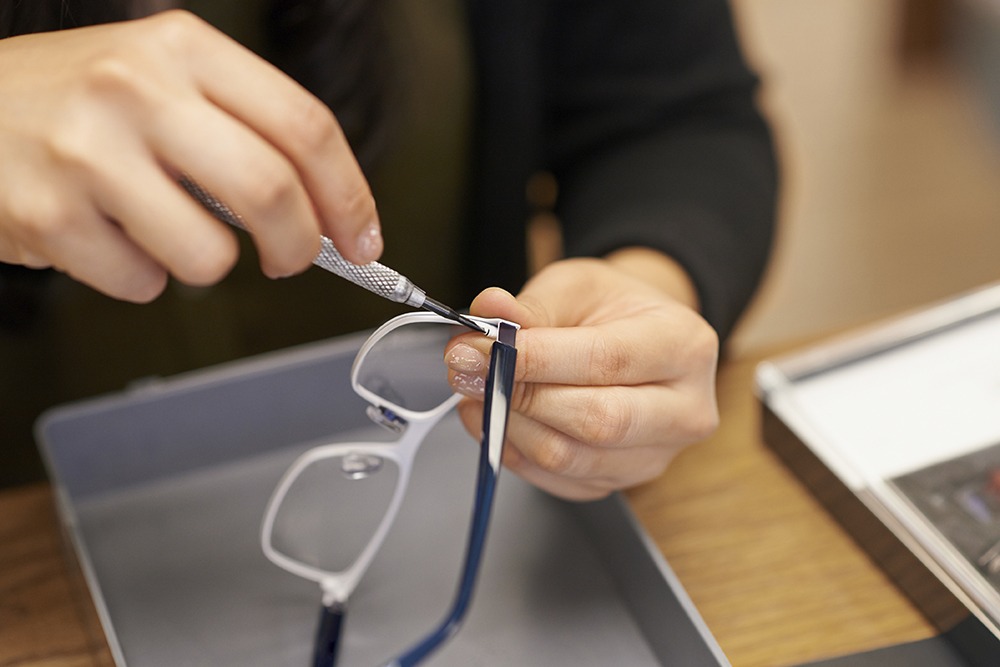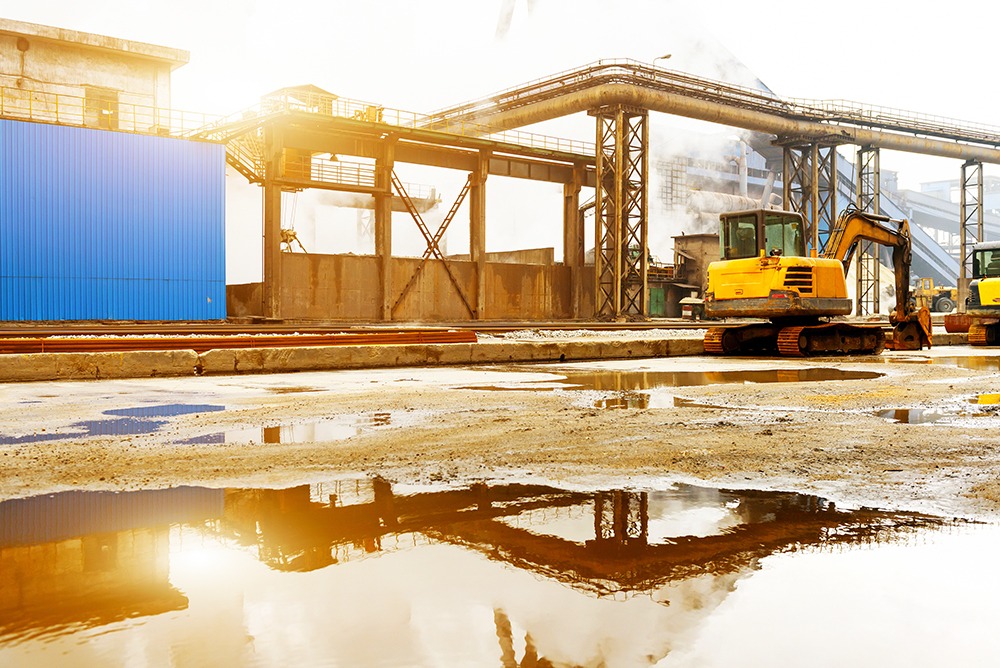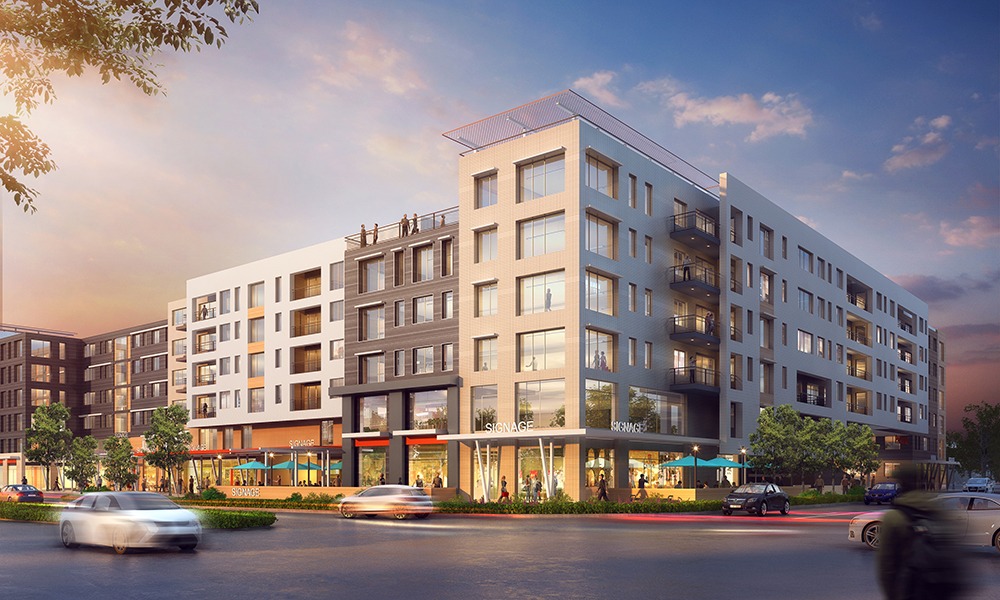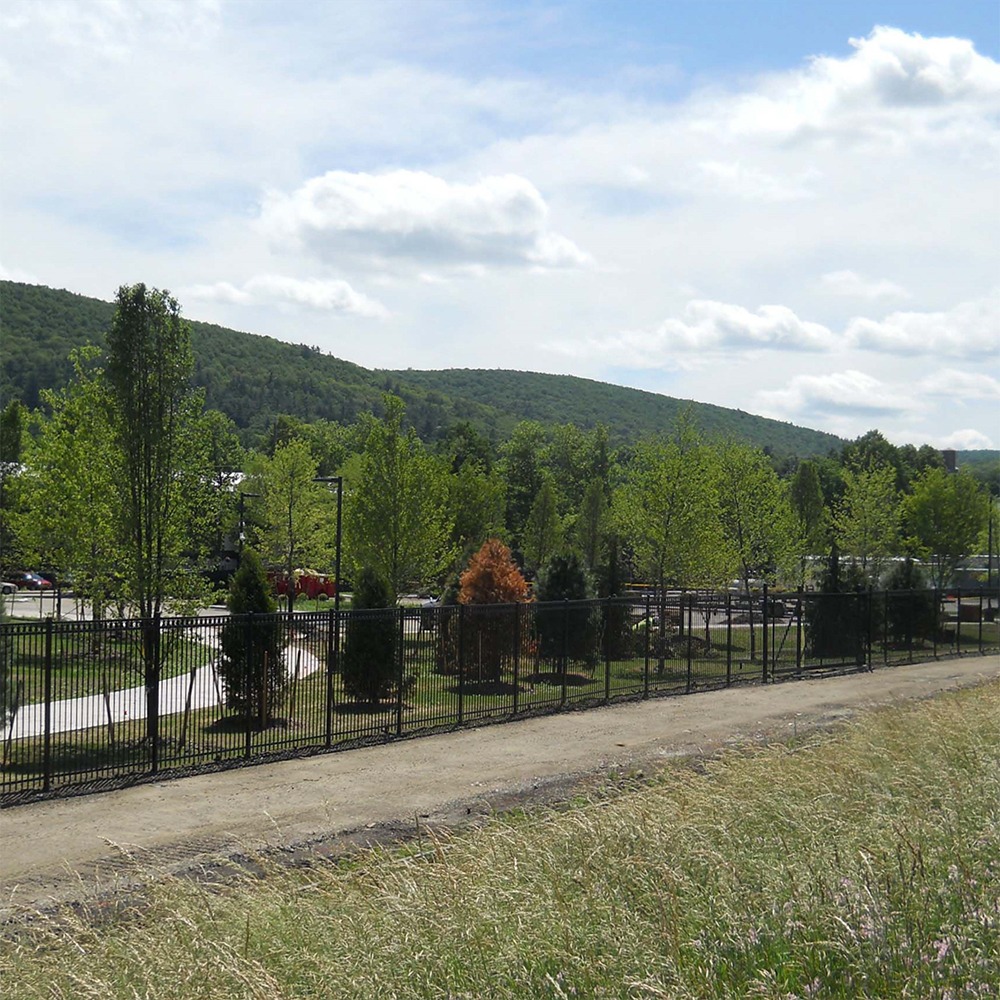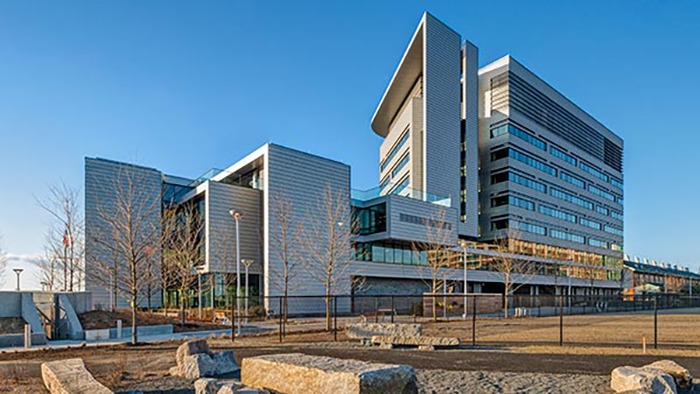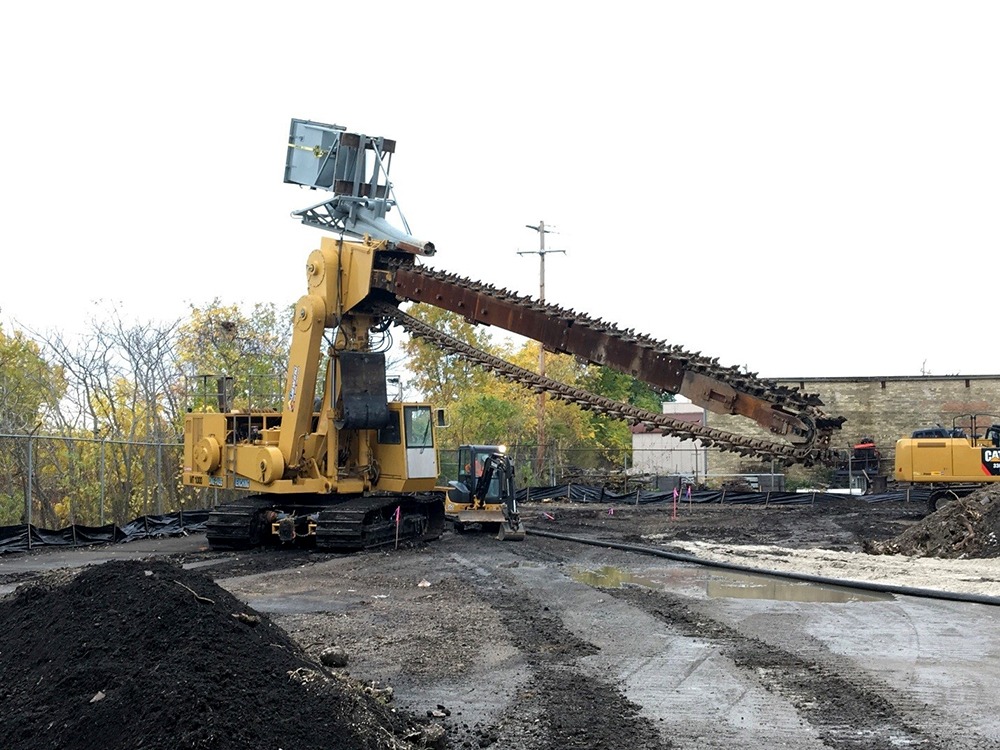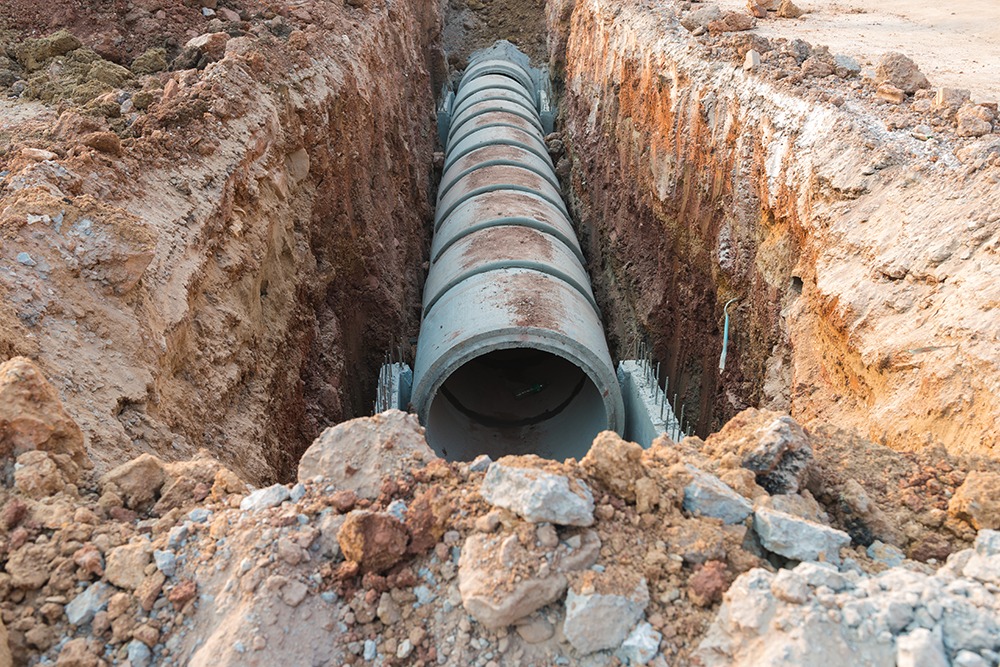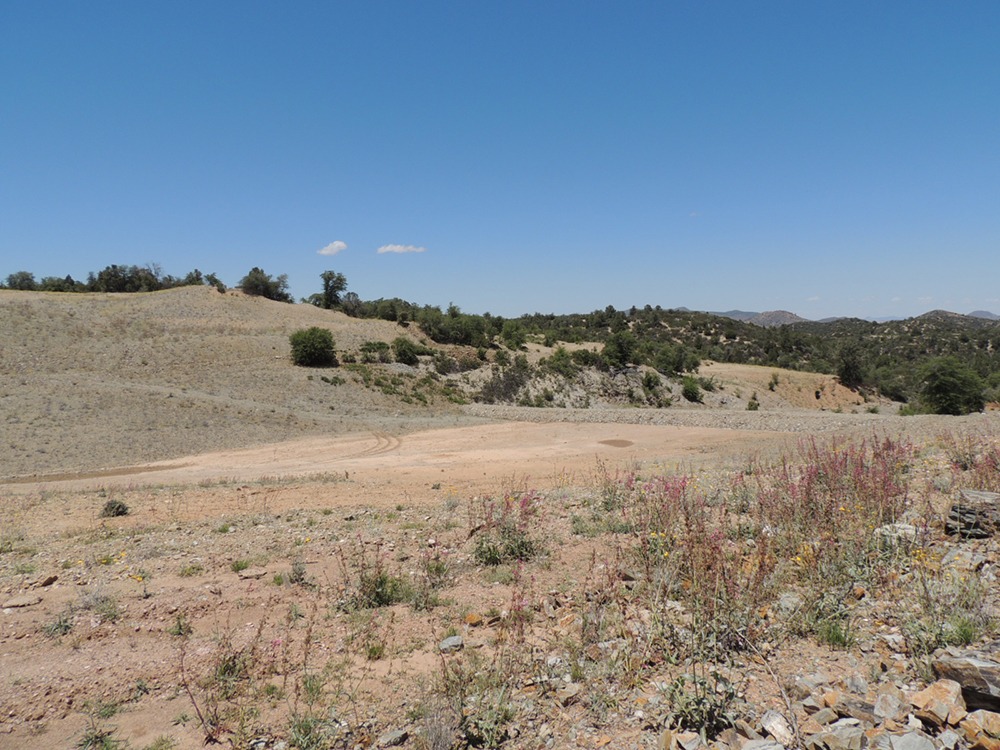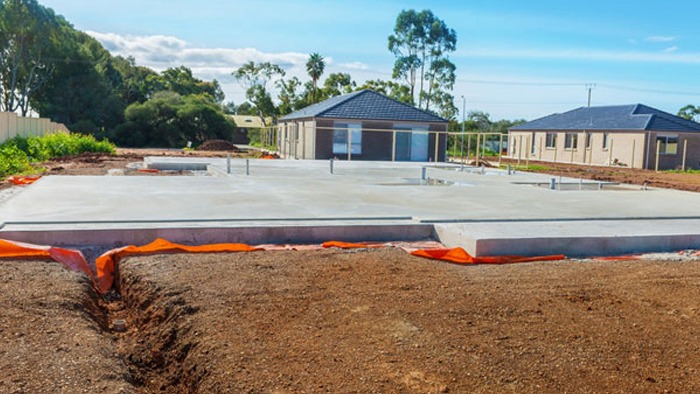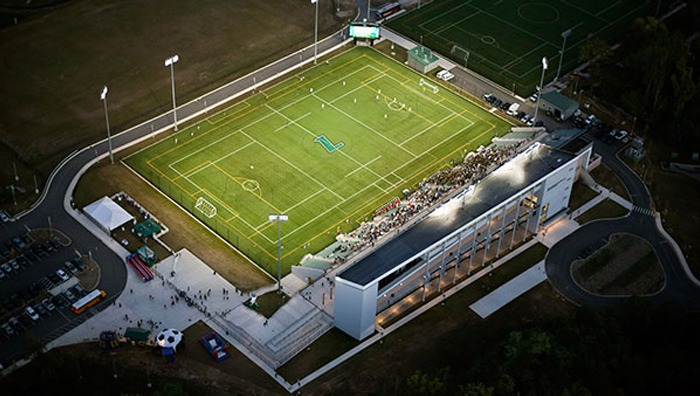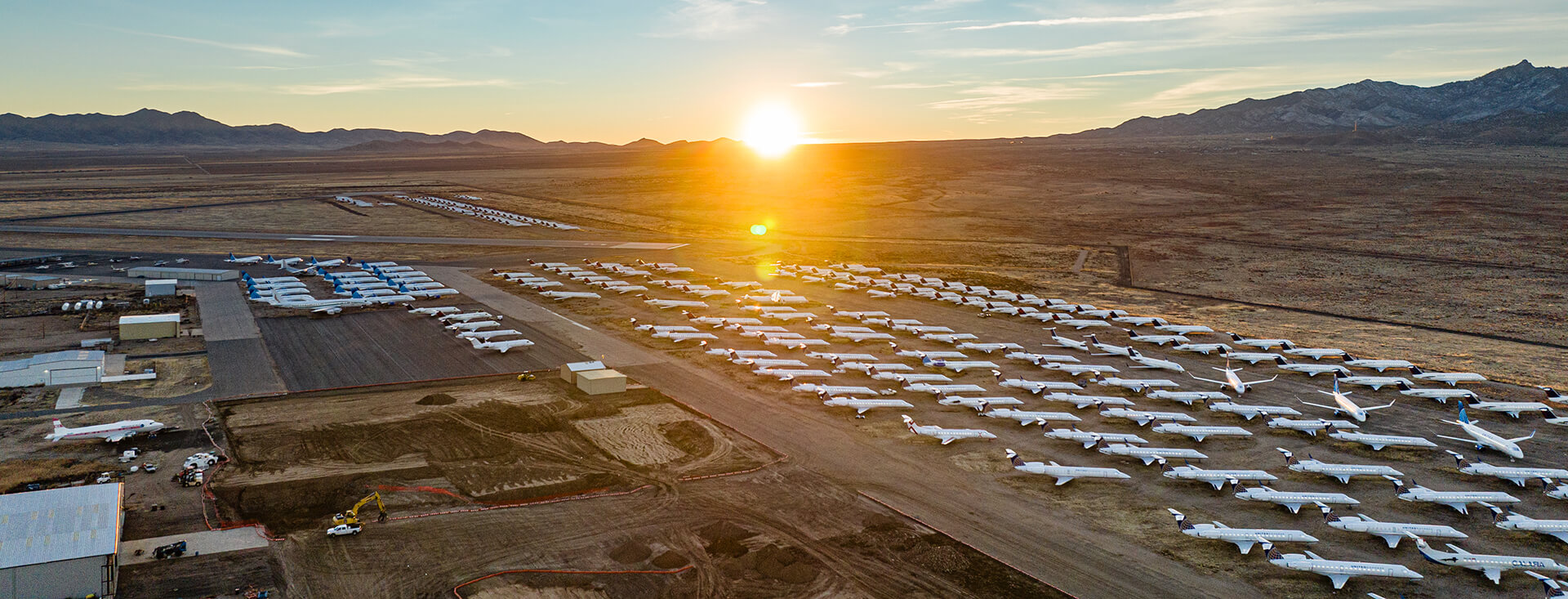
Airports
Haley & Aldrich removes more than 96,000 tons of hazardous waste from Arizona airport
Over 96,000 tons
of hazardous waste removed
$2 million
saved by properly managing on-site waste and using rail transport
$2 million
saved through beneficial reuse of materials
Summary
- Kingman Municipal Airport served as a military airfield during World War II. After the war, thousands of surplus aircraft were recycled at the airport to retrieve their aluminum content. Aluminum dross, a toxic by-product of the aluminum recycling process, was left on-site.
- Aluminum dross contains high levels of cadmium and lead and reacts with water to generate heat and toxic, flammable gases. In 2000, the aluminum dross was buried in unmarked locations and capped with asphalt for the new airport aircraft apron.
- Shortly after, water infiltrated the asphalt cap during the region’s heavy summer rains, causing the airport apron to heave and disrupt airport operations.
- Haley & Aldrich came on board to help the city of Kingman reach a legal settlement that would support excavating the buried aluminum dross and reconstructing the apron.
- Our team investigated the contamination and removed more than 96,000 tons of hazardous waste, completing the work in phases to facilitate uninterrupted airport operations.
- The use of rail to transport the waste was key in reducing disposal costs by $2 million, eliminating city truck traffic, and reducing related noise and air pollution.
- Ultimately, we delivered a restored airport apron ahead of schedule and under budget — enabling the city to bring in new business tenants and avoid further disruptions of airport operations
Client challenge
Kingman Municipal Airport served as a military airfield during World War II. After the war, thousands of surplus aircraft were recycled at the airport to retrieve their aluminum content. Aluminum dross, a toxic by-product of the aluminum recycling process, was left on-site.
Aluminum dross contains high levels of cadmium and lead and reacts with water to generate heat and toxic, flammable gas. In the early 2000s, the dross was buried under an asphalt cap, and the airport began using the area for business and operations.
But the solution proved insufficient; the region’s heavy summer rains infiltrated the cap, reacting with the dross to create heat and gases that damaged the asphalt and disrupted airport operations. The city of Kingman sought out a more permanent fix that included excavation of dross-impacted soils and their transportation to an off-site disposal facility.
The law firm Gust Rosenfeld represented the city and retained Haley & Aldrich for our environmental remediation expertise. After the parties reached a partial settlement, Haley & Aldrich began our investigation to determine the nature, extent, and volume of dross requiring excavation and disposal.
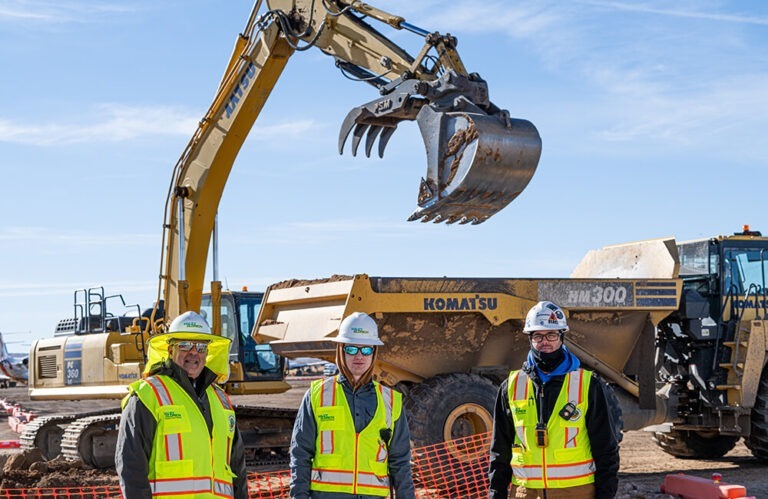
Our approach
We began our investigation by drilling more than 150 borings and collecting soil samples across a roughly 15-acre area of the airport.
To better understand the contamination, our team developed a unique apparatus that could quickly and frequently measure the heat generated by the reaction of dross with water. At the same time, it could extract and measure the concentrations of gases (i.e., hydrogen and ammonia) evolved during the reaction. This apparatus marked the first full-scale use of a method developed by the University of Illinois and published two years earlier, and it enabled us to save time while maintaining safety and environmental standards.
After we understood the extent of the dross contamination, the city reached a final settlement to receive the funds needed to excavate and dispose of the dross. Over a span of nine months, our team excavated more than 96,000 tons of dross-impacted material. The excavated material was transported off-site and disposed of as hazardous waste. The work was completed in phases to limit disruptions to airport operations. We also excavated the remains of the aluminum smelting operation, which we uncovered on-site.
The city put a high priority on minimizing traffic and air and noise pollution from transporting the waste to its destination. We listened and found a rail transport option, which not only addressed Kingman’s concerns but also saved money.
Our team identified numerous cost savings for our client by using on-site and nearby materials as fill:
- At the airport, we processed a concrete-like material that had been part of the cap on the dross so that we could reuse it, saving the cost of disposing of it off-site.
- The city needed to address stormwater management issues within a residential area located just a few miles from the airport, but it did not have available funding to complete the project. Haley & Aldrich helped the city develop a strategy to lower the cost of the stormwater project by approximately $1 million, allowing the project to be built within budget. Our team provided cost savings to both projects by utilizing spoils from the stormwater site as backfill for the airport project. The team installed stormwater infrastructure to improve surface water flow and protect the nearby middle school and residential properties from flooding. For a significantly discounted rate, the excavated materials from this stormwater project were hauled to the airport, saving import costs and eliminating the city’s paying to haul the material from the stormwater site. This customized approach provided value to the city by helping them accomplish two separate project goals in the same year.
At the close of the project, we delivered a repaved, fully functional airport apron ready to welcome back businesses and support airport operations.
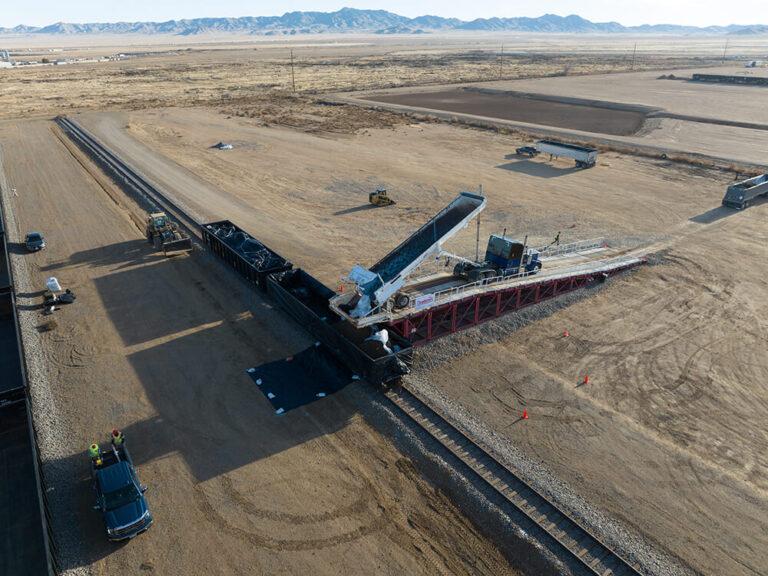
Value delivered
- Saved the client approximately $1 million in transportation and disposal costs through beneficial reuse
- Developed an additional source of backfill material for the dross removal project, saving the city an estimated $1 million
- Used rail to reduce disposal costs by $2 million, eliminate city truck traffic, and limit related noise and air pollution
- Completed remediation about two months ahead of schedule and under budget
- Solved a decades-old issue for the city of Kingman, paving the way for economic growth while safeguarding public health and the environment
“We’re grateful for Haley & Aldrich’s team to have listened to our needs, including using rail instead of trucking the waste, which helped us reduce truck traffic, noise and air pollution, and wear and tear on our roads.” – Carl Cooper, Kingman city attorney
For more information, contact:

Principal Consultant
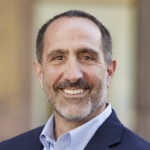
Executive Vice President, Strategic Growth
President, Haley & Aldrich Construction Services

Director of Self-Perform Construction

